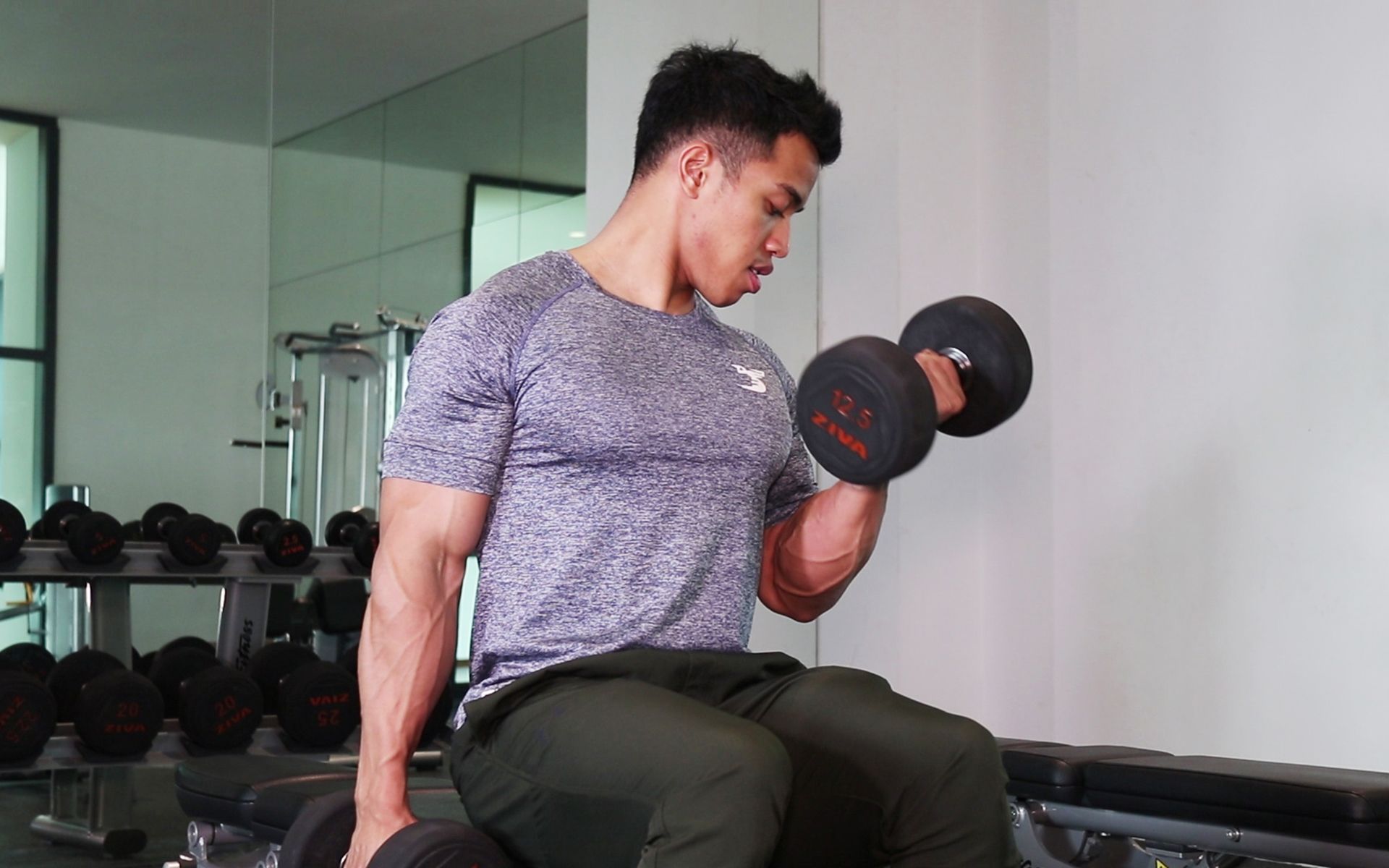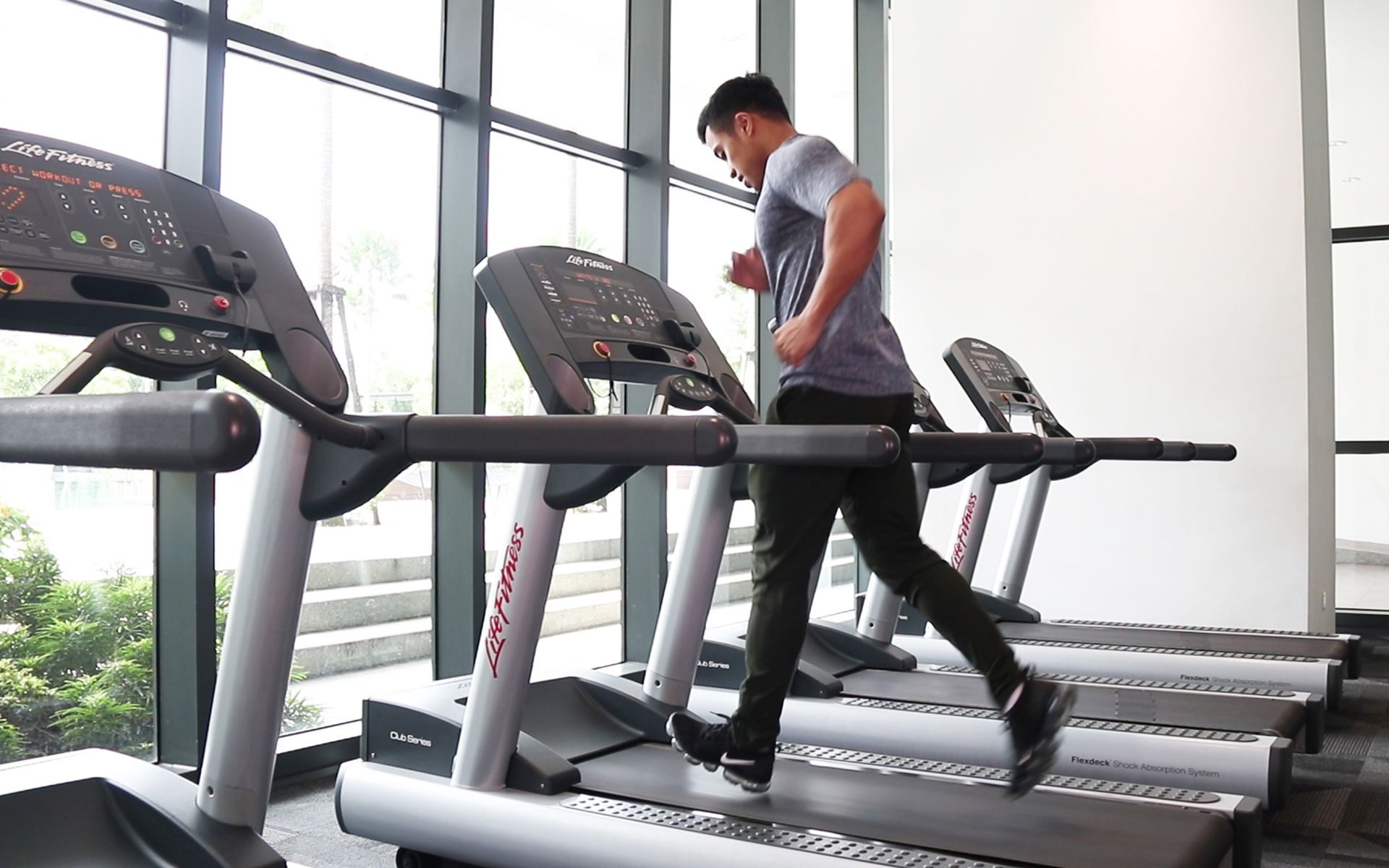What are your essential guidelines to working out during Ramadan?
"1. Training time. Structure 1-2 hours before breaking fast or 3-4 hours after breaking fast. If you choose the latter breaking fast, let your body rest, digestion, and rehydrate.
2. Hydrate with potassium. Bananas are excellent, they help hydrate and supply during workouts.
3. Portion the right amount of food and time your food intake. Start with water when you break fast, dates to balance your blood sugar level, and then have a balanced meal with hi-fibre food, salad, spinach, broccoli, complex carb, and solid protein.
4. Don’t train too hard. The fasting month is all about letting the body rest and recover spiritually and mentally as well, so aim for 3-4 times a week."
What are some workout myths surrounding the fasting month you’d gladly debunk?
"1. Water intake. It’s important but it’s also important that you don’t drink too much especially during sahur. What happens is when you workout, you’re flushing water and won’t retain much for the rest of the day. If you keep drinking water, your body will recognise it as excess water and end up flushing it out. Drink moderately according to what you need. 3-5 glasses is more than enough.
2. Training myths. Some people believe you don’t have to train during Ramadan, that you won’t make impactful changes as it takes the energy out of you. On the contrary, if you train right and stick to moderate cardio and weight training, it will benefit your gains.
3. Caffeine intake during sahur. It’s fine to drink coffee but not too much as it can accelerate dehydration. Drink just enough."
See also: Superfoods To Keep You Sahur-ing Through Ramadan



